So here we are, feeling like we have entered an alternate universe where we are supporting our kids at home. Where to begin? What can we do to support our students with learning handwriting?
Handwriting is Essential
Handwriting is an essential skill. The ability to get your thoughts and answers down on paper will never be replaced. To do so effectively requires that this skill be taught. But how?
In a recent study, 54% of parents surveyed shared that they're concerned about their ability to teach children handwriting and writing during remote learning.
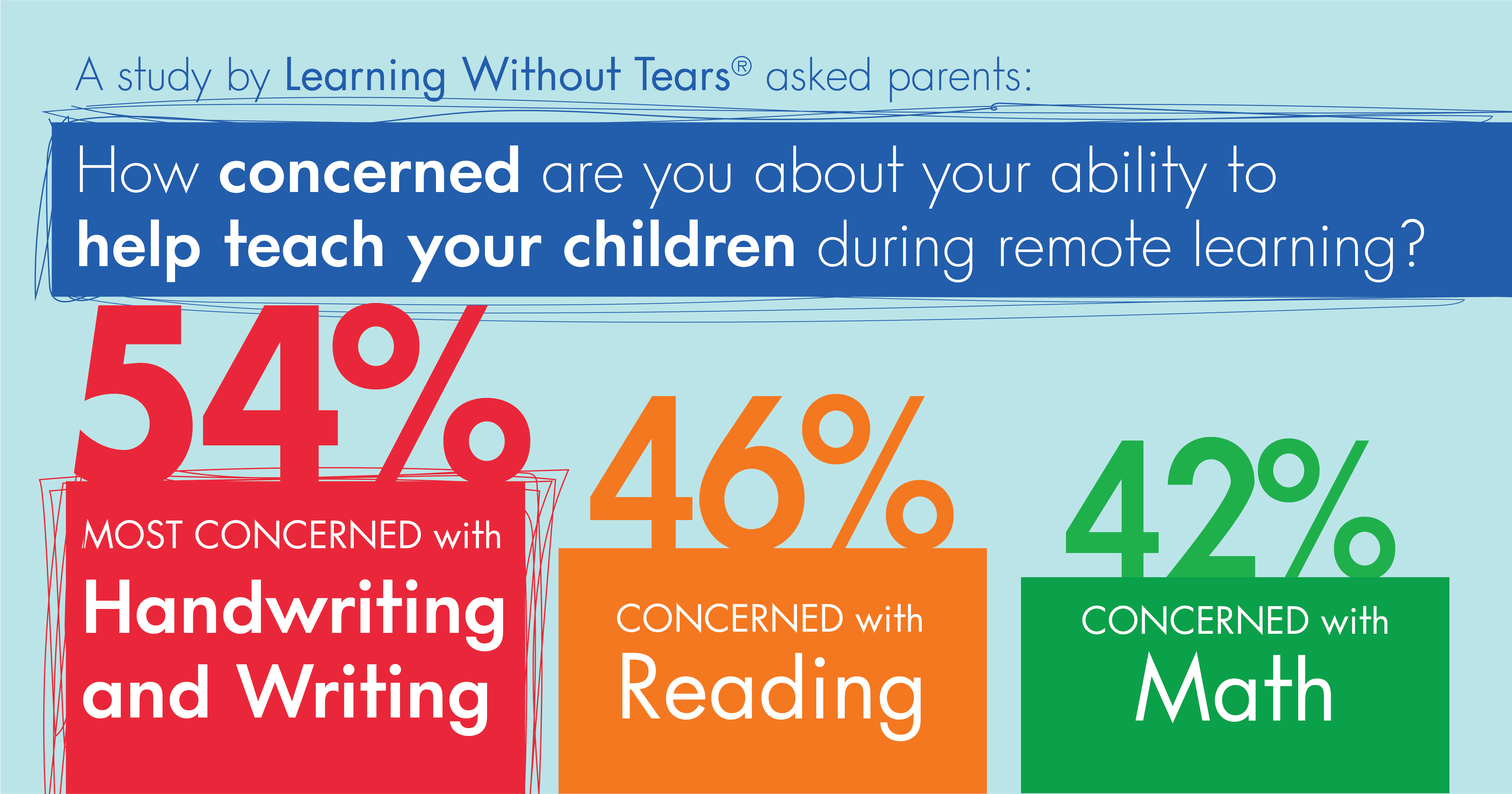
Handwriting instruction doesn’t need to feel daunting. You can show progress in just 15 minutes a day. We have so many tools to support you and help your child build their handwriting skills. No matter what grade-level or age, we have you covered with a plethora of learning tools that can be used no matter if you're using a virtual, face-to-face, or a hybrid model of instruction!
FREE Learning Pod Starter Packs
Raise your hand if you’ve already used our free, printable at-home starter packs. Aren’t they great?!
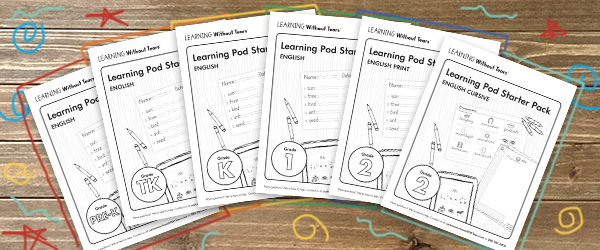
If you haven’t seen them yet, these free downloads are your first step to handwriting success at home. The packets use Handwriting Without Tears' developmentally based curriculum designed to engage children of all learning styles. They are easy to use whether you're using the Learning Without Tears curriculum or not.
The packets can be used as:
- Instructional tools
- Good habit builders
- Independent practice
How to use the packs:
- Print the packs or just the pages you want to use. The packs are divided by grade levels, so pick the one best suited for your child.
- Work with your child to use the language of the letter formation when they are writing.
- Don't miss our tips and tricks. We have “Letter Stories,” which help students tackle tricky letters such as “b” with a honeybee story. And for the capital S, learn how it says “Hi!” to the smiley face to remember which direction to go. These are simple, effective tactics for solidifying good handwriting habits!
- Encourage coloring the pages. Coloring promotes motor control and helps with strength and endurance for handwriting. Also, using colors and adding details sparks creativity!
Teachers and OTs - You can send parents the link for them to easily download, or print packs and distribute for use during synchronous or asynchronous virtual instruction.
Once students have completed the pages, expand with practice on Grey Block paper (capitals or numbers), in journals, or on double-lined notebook paper.
Think Sensory!
Little learners learn best through multi-sensory activities. That’s why Handwriting Without Tears is about more than just pencil and paper. To prepare your student for success with handwriting, use a hands-on activity that engages their brains and reinforces letter and number formations.
- Just getting started? Our new Individual Manipulative Packets give you everything you need.
- Use the Wood Pieces for Capital Letters (Pre-K–kindergarten ) to build letters before writing. You can even make your own with our template of the wooden pieces included in the Learning Pod Starter Packs (use cardstock, fun foam, etc.). Pair this with a blue piece of paper and a smiley face sticker in the top-left corner and voilà—you have your own!

- Wet-Dry-Try is a multisensory learning activity that teaches students correct letter and number orientation and formation. Available as both a Slate Chalkboard and a handwriting app for iPad, Wet-Dry-Try can be used at home as a parent, caregiver, or occupational therapist, or as part of your classroom curriculum. You can learn more about Wet-Dry-Try here.
- The Hand Activity is my absolute favorite! Using the hand activity with the magnetic double line blackboard and/or double line paper is one of the most effective tools for teaching and writing with placing letters on the line correctly! For the older student, this will make an instant difference in the appearance of handwriting AND improve legibility and readability! This is helpful for the child’s self-esteem with handwriting!

Think Digital!
Today’s learners are digital natives. That’s why Handwriting Without Tears includes resources for both print and digital instruction. This comprehensive, research-based program helps handwriting become a natural skill for K–5 students.
- Our Wet-Dry-Try handwriting activity can also be done digitally, through our iPad app. The app is free to download and try out sample lessons. Families can then purchase an annual subscription for $5.99 which provides three accounts!
- Our new Digital Teaching Tool and Digital Student Experience provide access to videos, animations, and apps to reinforce children's handwriting knowledge.
- We combine the best of teacher-directed lessons with independent learning and practice.
- Our resources offer special support for teaching left-handed learners.
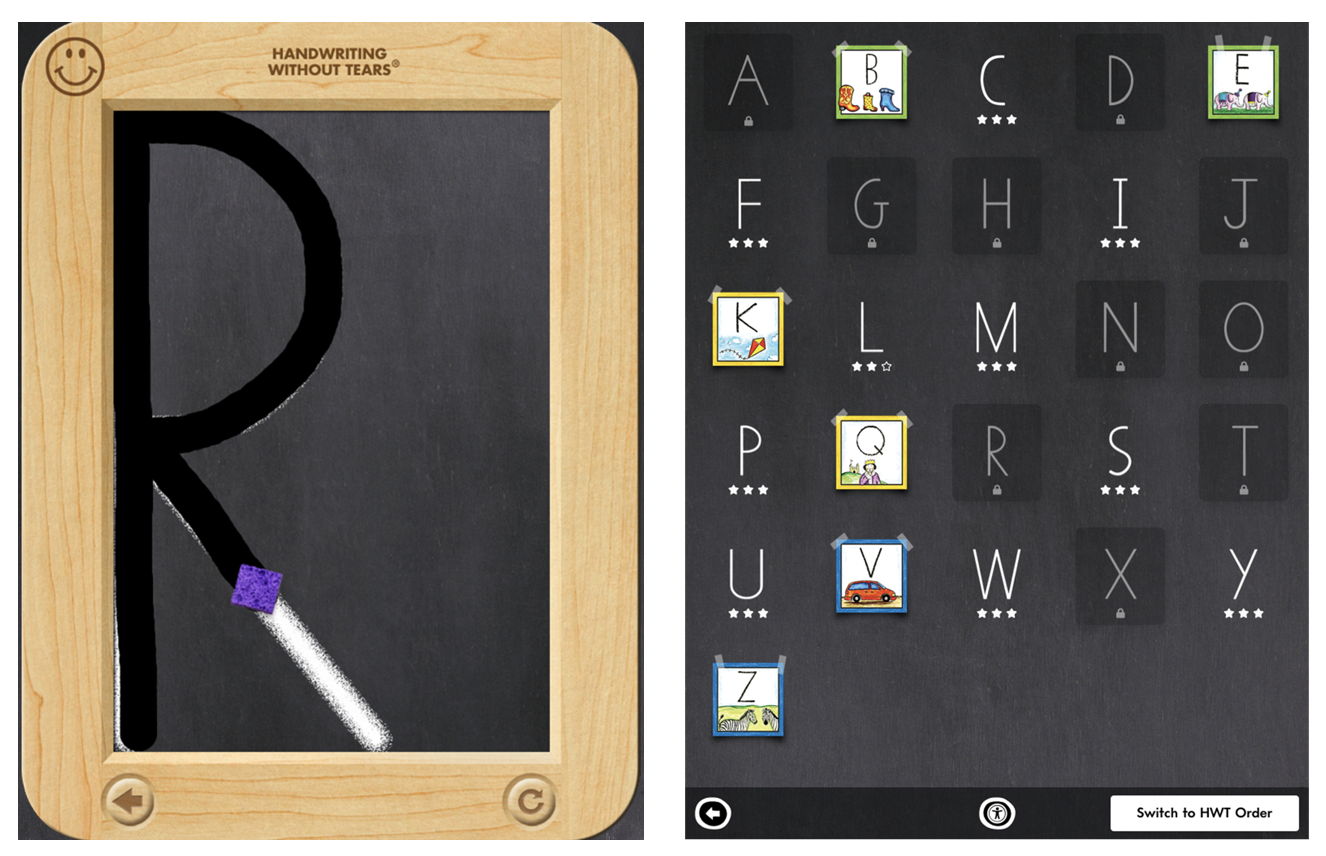
Think Fun!
No one wants to tackle something that is boring or a task that is too tricky. Grab your speaker or headphones and kick off your learning session with singing and dancing. Fun music helps children learn language and number skills as they sway, bop, and hop to the rhythm!
Here are a few of my favorite songs:
- Where do you start your letters? At the Top!
- Magic C Rap (great for focusing on the formation of a, d, & g and preventing or correcting b & d confusion)
- Descending letters (great for placement troubles!)
- The Pencil Grip Song: Picking up my pencil
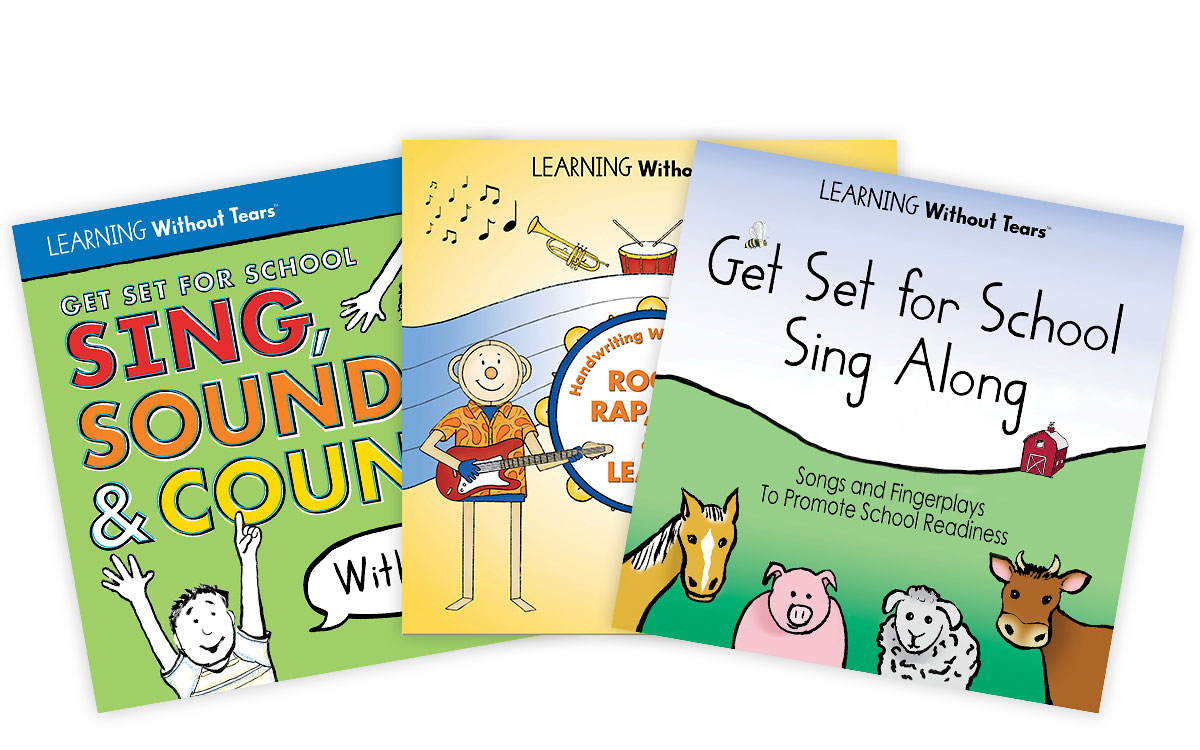
You can sample these songs and more here. Are you signing along now? Find our music by purchasing a CD through our online shop.
Think Physical!
- Posture is important to ensure that the workspace is appropriate for the task of handwriting. When seated at a table or desk, be sure that there is about a 90-degree angle at the elbow and that the arms rest comfortably on the surface. Allow for standing or provide coloring opportunities below the table. For example, tape the paper to the underside of a low table so the child can lie on their back and color or write “under the table.” I call this Fort coloring and writing.
- Don’t forget the paper position – tilting the paper at a slight angle will promote improved speed and fluency! For righties, raise the top-right corner; for lefties, raise the top-left corner.
- Teaching pencil grip is also critical. To reinforce proper grip technique, sing the pencil song, then use our “check my grip” resource. Pair this with “Pencil Pick-ups,” which you can find within our student activity books or within the Resources section of our Digital Teaching Tool. These are just a few great ways to reinforce good grip habits!
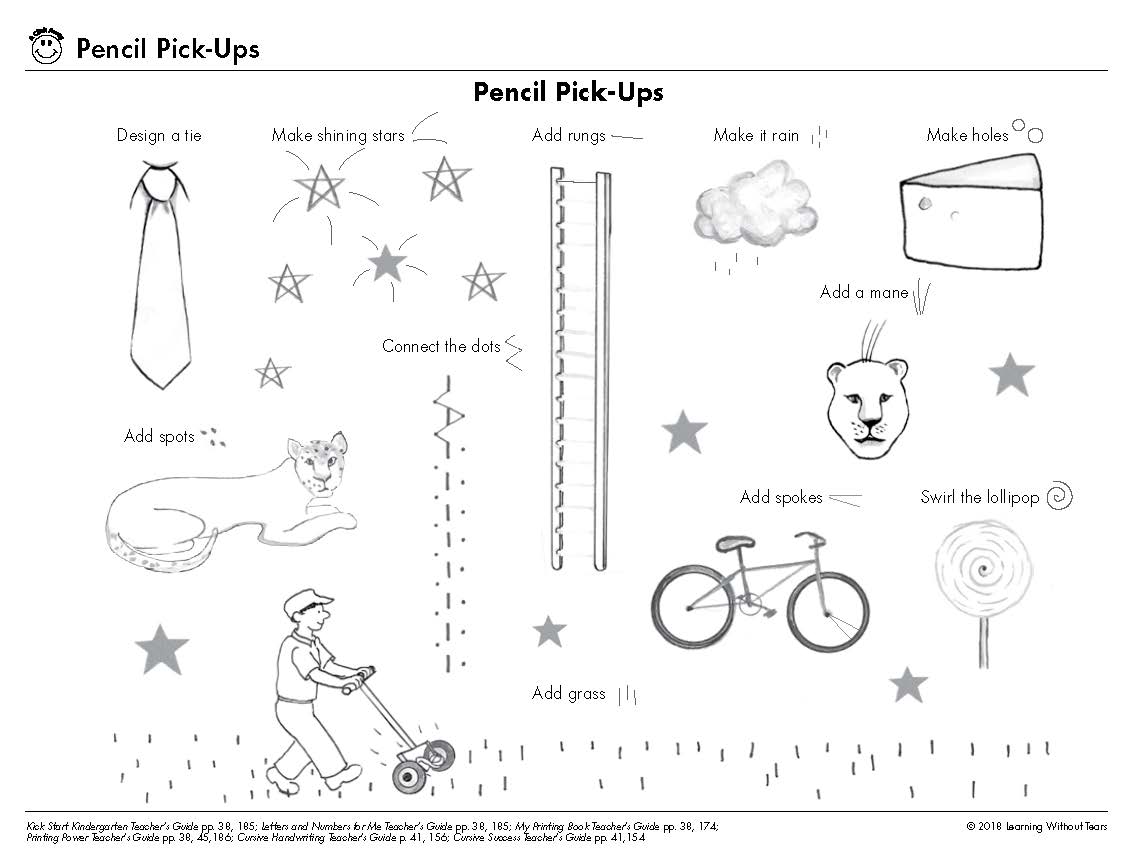
Bonus Ideas
For the young child who needs more instruction and/or hands on practice:
- Once you complete your free at-home packet, continue with a student activity book. This will allow your child to showcase their handwriting journey with their very own book! You can shop individual books on our online shop or visit Amazon for exclusive bundles.
- Check out our FREE resources:
- A+ Worksheet maker – allow your child to type their own worksheets for practice
- Watch & Learn – Videos from presenters on Facebook
- Explore our blog – so many great tips & tricks!
- Free resources library
Remember...
The key to handwriting instruction and building good habits is that lessons be:
- FUN
- Short (10 – 15 minutes at the most)
- Daily!
Happy Handwriting!
Keep in touch, and check back for more great ideas!